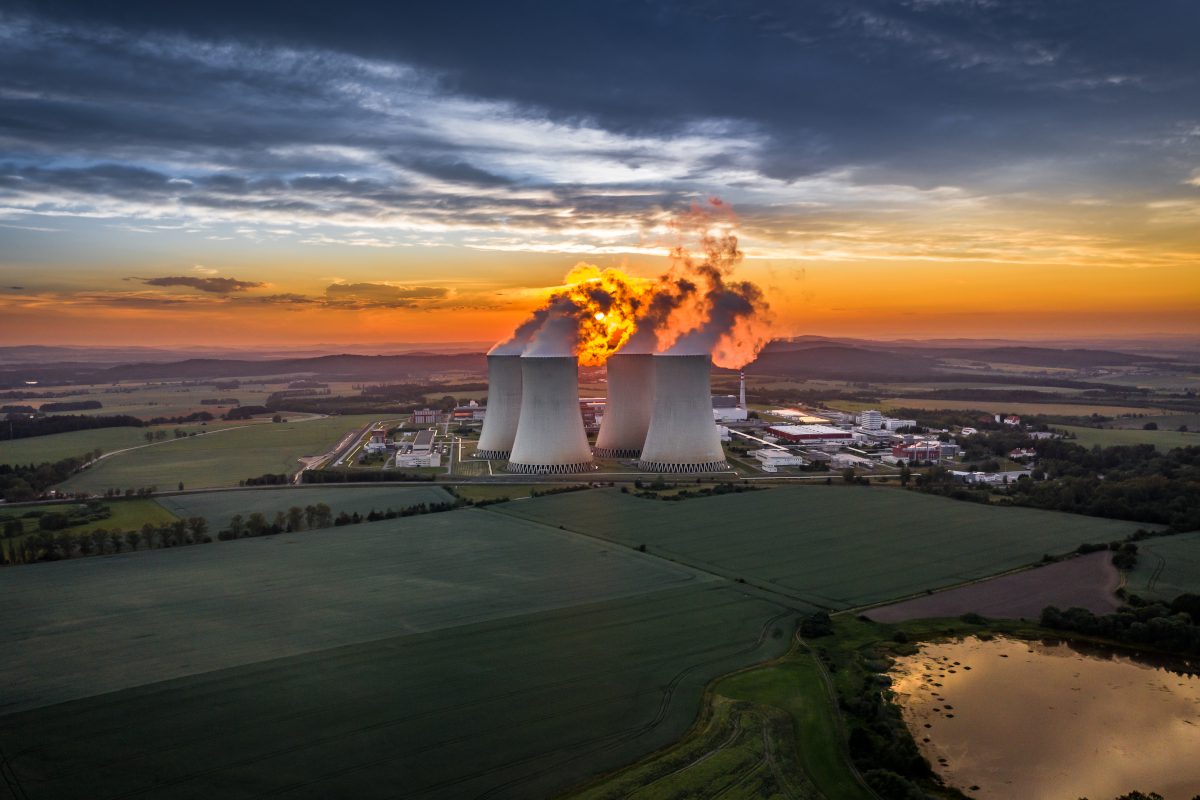
Selective adsorption of radioactive caesium ions (Cs+) in highly acidic conditions is a major challenge in nuclear powerplant wastewater treatment. In what’s described as a new breakthrough, researchers from Korea have developed a calcium-doped adsorbent that turns unwanted protons in acidic wastewater into agents for facilitating better removal of Cs+ ions. The new material exhibits 68% higher adsorption of Cs+ in acidic conditions than in neutral conditions, and ushers in the possibility of designing high-performance adsorbents.
Nuclear power is typically considered a cleaner way of generating power compared to fossil fuels. It does not release air pollutants and greenhouse gases like carbon dioxide as by-products. However, it creates radiotoxic waste that needs proper treatment to prevent adverse environmental and health conditions.
One of the major by-products of the nuclear fission process used for power generation is 137Cs (an isotope of caesium), a radioactive element that has a half-life of 30 years and is often removed from nuclear powerplant (NPP) wastewater via selective adsorption using ion exchangers. However, this process is severely hindered in acidic wastewater where excess protons (H+) impair the adsorption ability and damage the lattice structure of the adsorbent.
In the new study, a team of researchers led by Prof. Kuk Cho from Pusan National University, Korea, identified a way to turn this adversity into an advantage. Published in the Journal of Hazardous Materials on 5th August 2023, they present potassium calcium thiostannate (KCaSnS), a new layered calcium (Ca2+)-doped chalcogenide ion exchanger. It utilizes the typically problematic H+ ions in acidic wastewater to enhance the caesium ion (Cs+) adsorption process. Essentially, the Ca2+ ions from KCaSnS are leached out by H+ and Cs+, making way for Cs+.
“Through a transformative approach, the troublesome proton was converted into a functional agent by incorporating Ca2+ into the Sn–S matrix, resulting in a metastable structure. Moreover, Ca2+ is a harder Lewis acid than Cs+ and can thus leave the lattice easily because of its weaker affinity to the Lewis soft base S2- under acidic conditions. This provides a large enough space for Cs+ to reside after its release from the lattice structure,” explains Prof. Cho, speaking of the mechanism underlying the action of KCaSnS.
In the study, the team used the hydrothermal process to synthesize the novel KCaSnS ion-exchange material, which was then used to investigate the adsorption of a non-radioactive isotope of Cs+ (to avoid radioactivity exposure) in different solutions with pH values ranging from 1 to 13.
The team found that at pH 5.5 (neutral condition), the Cs+ adsorption capacity was 370 mg/g, whereas at pH 2 (strongly acidic), the capacity increased by 68% to 620 mg/g. Remarkably, this trend was completely opposite to what previous studies had established.
The researchers attributed this observation to the fact that under neutral conditions, the Ca2+ was leached out only from the interlayers, which accounted for around 20% of the total spots available for Cs+ to be adsorbed by the S2- ions in the Sn–S matrix. In contrast, under highly acidic conditions, nearly 100% of Ca2+ ions were leached out from both the interlayer and the backbone structure, allowing more Cs+ ions inside the lattice. Additionally, in all cases, interlayer K+ was involved in the ion exchange.
These results establish KCaSnS as a promising candidate for the removal of radioactive ions from NPP wastewater. The insights gained from this study could open up new avenues for the development of high-performance adsorbents for highly acidic environments. “The impressive adsorption capacity of KCaSnS can help alleviate the challenges associated with managing radioactive waste by providing a practical solution for reducing the volume of radioactive waste produced during spent fuel reprocessing and decommissioning of nuclear power plants,” concludes a hopeful Prof. Cho.







